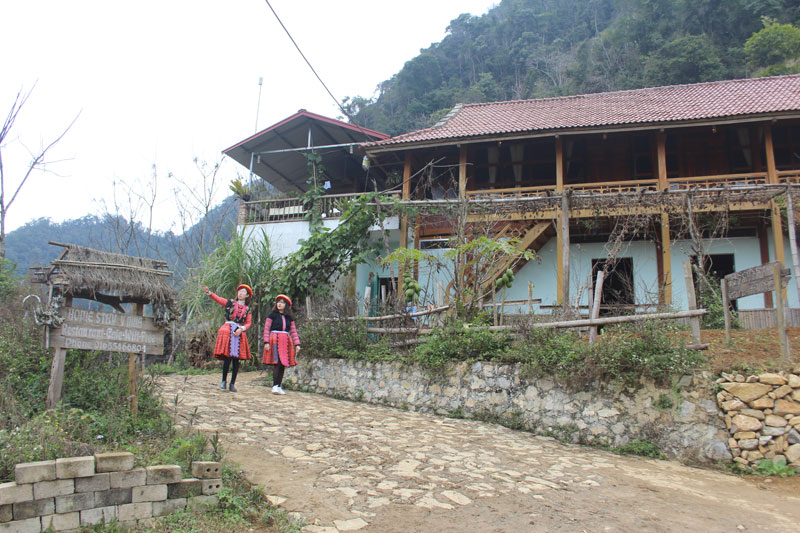
(HBO) – The Mong ethnic people in Hang Kia commune, Mai Chau district were long used to farming and hunting. Till one day, several households in Hang Kia village thought of opening lodging facilities to attract tourists, since then a number of standard home-stay services have sprung up.
Sung Y Mua home-stay facility lies in a
"gateway” location in Hang Kia commune. It sits along a main road and features
a space similar to the architecture of the Mong people, from land shape,
decorations to eye-catching and harmonious
layout of the living room. According to Sung Y Mua, owner of the home-stay
facility, she always puts herself in visitors’ shoes to learn about their needs
and tastes, thus making them feel the most comfortable.
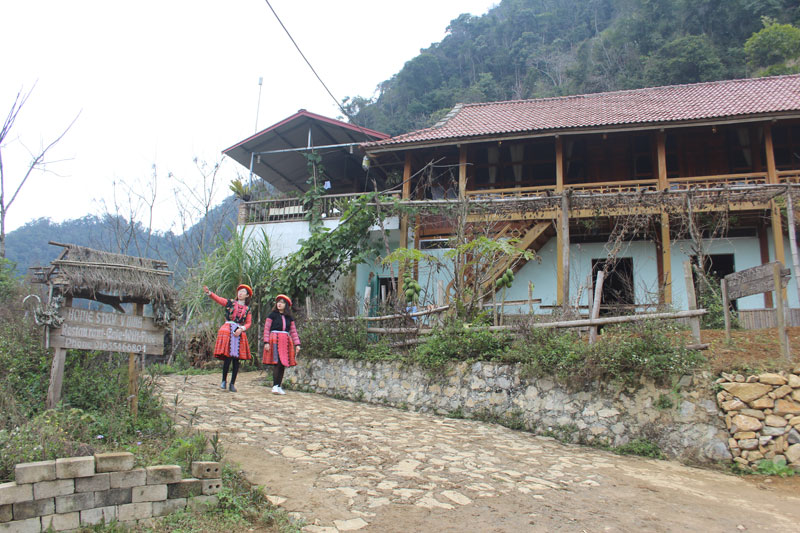
Sung Y Mua in Mong earthen-walled
house attracts many tourists
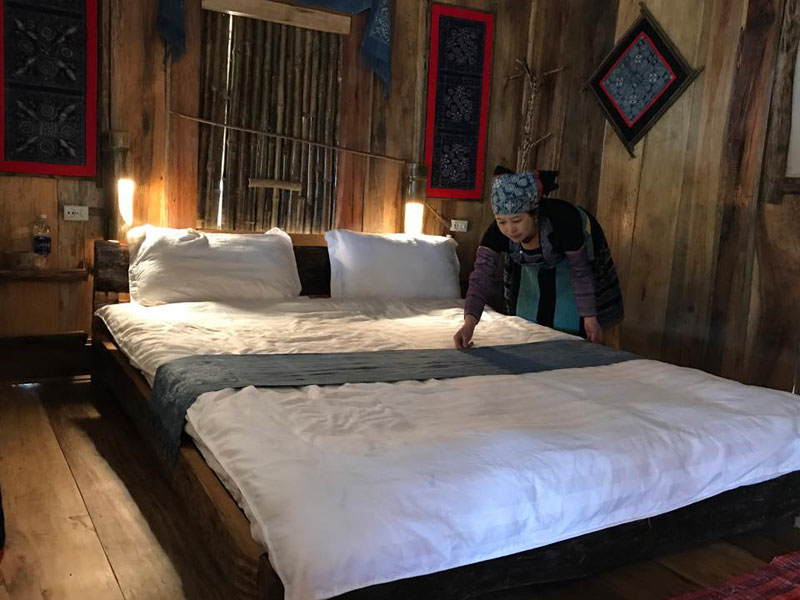
Well-furnished accommodation
space
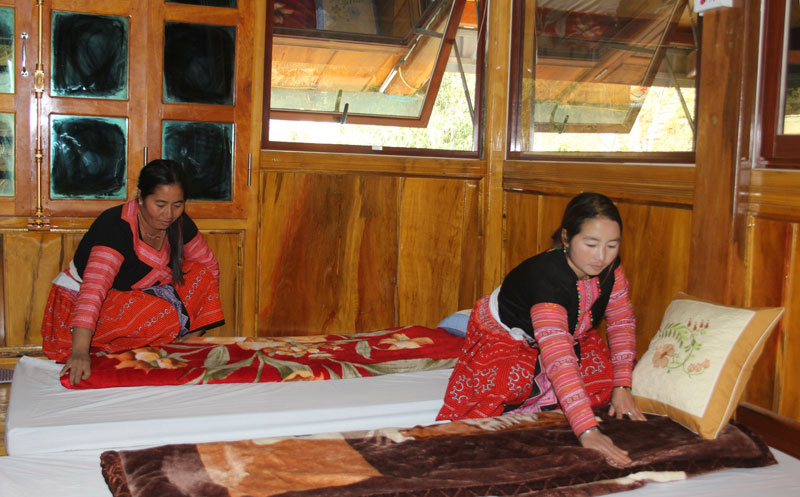
Home-stay facility always
offers good services
Located nearby, Son Bac home-stay
facility on hill A1, Hang Kia 3 hamlet is also one of the two familiar tourist destinations
in Hang Kia valley. Its owner Giang Y Dua invested in infrastructure to make it
easier for visitors to go up and down the top of the hill from which they could
see a panorama of the valley and a zigzag path in Pa Khom hamlet leading to
neighbouring Laos.
They are two out of the four
home-stay facilities developed in Hang Kia valley since 2016. Each could
accommodate a maximum of 50 guests on average per day. Visitor Ho Khac Tien from
Hoa Binh city said living conditions here are quite good so that more tourists
will come.
Via training, the catering
staff here has become more professional and considerate. Many kinds of foods
are cooked in Mong ethnic style.
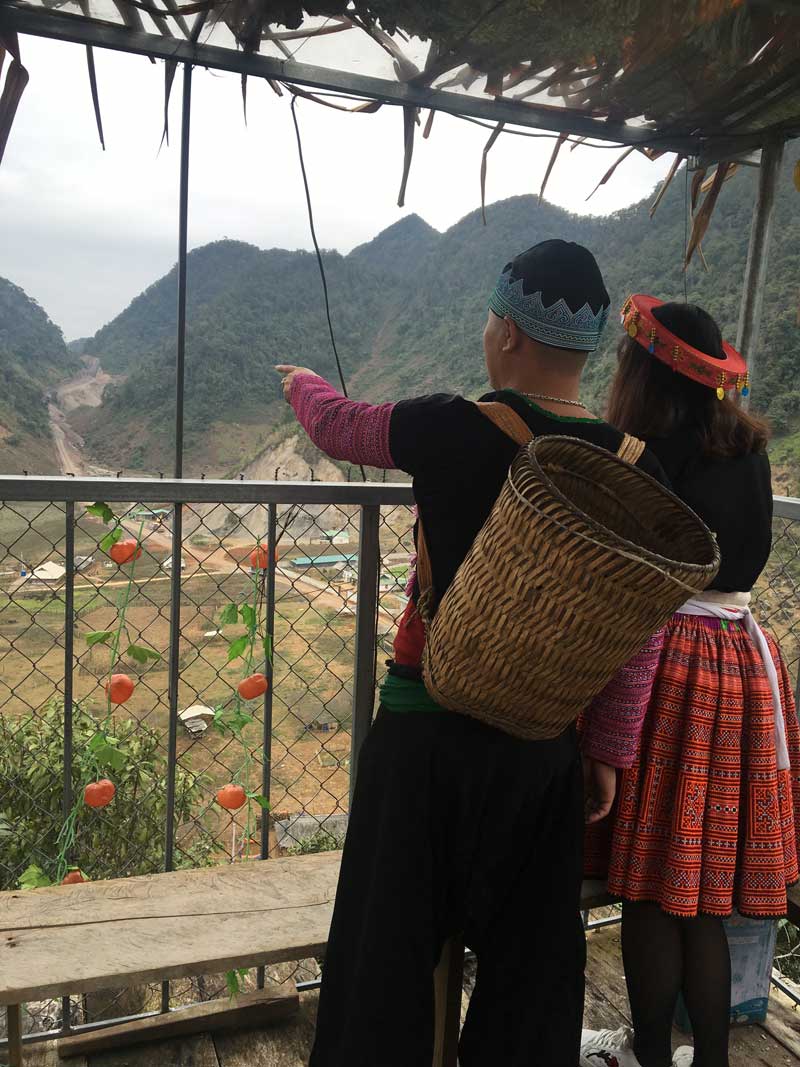
From the top of hill A1,
tourists could see a panorama of the beautiful Hang Kia valley.
Domestic and foreign visitors
are impressed by the Mong people’s home-stay facilities where they could
experience the best services such as exploring nature with tour guides, taking
a hunting tour, growing rice and corn, picking up plums and peaches, weaving
linen, drawing paintings using bee wax, playing folk games, and joining music
exchanges.
They are also able to hire
bicycles to travel around Hang Kia, borrow Mong costumes and go hiking,
climbing mountain, stroll around blooming plum and peach forests. Foot soaking
with herbs, free wifi and karaoke services are also available./.
Located just a 20-minute drive from Hoa Binh City, Ora Hill Farmstay & Glamping Hoa Binh is a captivating new destination nestled in Mo hamlet, Bình Thanh commune, Cao Phong district. Combining farming with leisure, this tranquil retreat is perfect for those seeking balance, joy, and an immersive experience in the expansive beauty of nature.
Muong Bi - Tan Lac is renowned as one of the four famous Muong regions in Hoa Binh province. Blessed by nature with a favourable climate and stunning landscapes, Tan Lac holds great advantages for tourism development. The local tourism industry has made remarkable strides in recent times thanks to the attention and support from the local authorities and sectors.
With its strategic location, well-developed transport network, and diverse soil and climatic conditions, Hoa Binh is emerging as a must-visit destination in Vietnam's northwestern tourism corridor. The province boasts numerous attractions, including the Kim Boi hot springs (Kim Boi district), the Dau Rong cave complex (Cao Phong), the Mai Chau valley (Mai Chau), and the iconic Hoa Binh hydropower plant.
The northern mountainous province of Hoa Binh has been listed among the 71 most beautiful places to visit worldwide by the prestigious US travel magazine Condé Nast Traveller.
Hoa Binh province’s rich natural and cultural resources position it as a prime location for developing community-based tourism (CBT). In recent years, support from central and provincial policies, as well as assistance from non-governmental organisations, have encouraged local ethnic minority and mountainous communities to actively engage in the sector.






